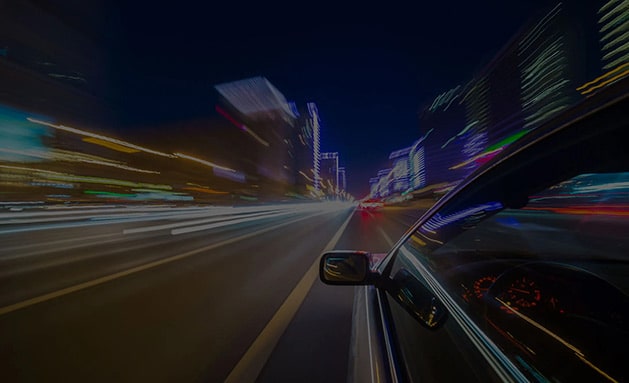They were going how fast?
Kansas City Chiefs wide receiver Rashee Rice was recently involved in a chain-reaction crash on Central Expressway in Dallas. A crash report from the Texas Department of Transportation states that Rice was driving a Lamborghini at a top speed of 119 miles per hour prior to the collision.
Rice’s reported speed made national headlines, but it’s hardly a rare occurrence in Dallas or Texas, where the roads are designed to accommodate high speeds and drivers are regularly busted for driving over 100 mph—and in some cases even 200 mph.
Speed is the top contributing factor in Texas car crashes. Last year, there were more than 160,000 speeding accidents statewide.
Triple-Digit Speeds the Norm on Some Dallas Roads
If you’ve ever been driving at the speed limit on Dallas highways, you know that cars will pass you on all sides like you’re standing still.
This was the experience of an NBC5 team researching its Driven to Death investigative series. Driving the 60 mph limit on Interstate 35E in Dallas, the reporters said that it felt “uncomfortable” to travel at that speed, “like we would need to speed up to avoid becoming an obstacle in the road.”
Last month, between 8 p.m. and 11 p.m. on a Monday night along Central Expressway, NBC5 recorded at least twelve drivers going faster than 100 mph, with some driving more than 115 mph and one going 133 mph—63 mph over the speed limit and 14 mph faster than Rice’s alleged speed prior to a multi-car accident that injured several people.
But these speeds pale in comparison to the fastest speeders in Texas.
In 2022, more than 200 drivers statewide were ticketed for going faster than 120 mph, reports The Drive, including 67 who were caught driving in the 130s and 25 drivers pushing the speedometer past 140 mph. The fastest speeder was busted for going an eye-watering 201 mph on I-10 between Houston and San Antonio. Five of the 10 biggest speeders were ticketed in North Texas.
The fastest speeding ticket issued in Dallas County was for 150 mph on President George Bush Turnpike. Dallas County drivers were also clocked at 147 mph (I-635 Express) and 137 mph (SH 183).
Surge in Deadly Driving Continues Post-Pandemic
According to NBC5, Dallas has a higher road fatality rate than any other U.S. city its size. Speed is the leading cause of these deadly crashes.
Speed-related crashes killed 1,469 people across Texas in 2022, says TxDOT. That number inched down in 2023, when speeding on Texas roadways contributed to 1,456 fatalities, nearly 6,000 serious injuries, and more than 160,000 total crashes.
The unprecedented surge in roadway fatalities and dangerous driving seen during the COVID-19 pandemic has decreased only slightly post-pandemic. People blamed less crowded roads for more aggressive pandemic-era drivers, but this doesn’t explain the fact that bad driving had already been increasing prior to COVID.
From 2013 to 2022, traffic fatalities nationwide went up 30%. In Texas, state data reveals that road rage crashes nearly doubled over ten years, from 960 in 2012 to 1,611 in 2021. And the state’s speeding-related deaths have held steady over the past decade. National Safety Council statistics show 1,466 speeding deaths in 2004, about the same number as in 2022.
Dangerous Driving Up, Traffic Enforcement Down
Decreased traffic enforcement may help to explain more aggressive and violent drivers.
A report from the City of Austin describes the inverse relationship between traffic enforcement and traffic safety. In Austin, Dallas, and San Antonio, the rates of roadway fatalities and serious injuries have risen as enforcement has fallen due to staffing challenges.
Dallas saw fatal crashes rise from 188 in 2018 to 225 in 2022. Dallas police records show that, between 2019 and 2021, the number of speeding tickets issued on Central Expressway was down around 30%.
Dallas City Councilmember Paul Ridley questioned police enforcement of speed limits at a recent council meeting, saying that, “I think there is a widespread perception that there is no traffic enforcement anymore and people are getting away with it.”
Dallas PD Chief Eddie Garcia responded to Ridley by pointing out that the department has just 29 traffic officers covering the entire city. City police—not the State of Texas—are also responsible for enforcing the speed limit on major state and interstate highways, further stretching enforcement efforts.
The City of Austin report confirms Dallas is facing staffing issues and states that these issues appear to be affecting its capacity to conduct traffic enforcement.
Dangerous By Design
Some say it’s Texas roads themselves that contribute to the prevalent need for speed.
There’s no shortage of long, flat roads crossing the state’s wide-open spaces. However, many cities have multi-lane highways with high speed limits that traverse congested urban cores.
Jay Crossley of Vision Zero Texas blames TxDOT for making roads that are inherently dangerous because they’re built to accommodate speeds much higher than the posted limit—known as the “design speed.” He says you can’t blame drivers for using the system the way it was designed and compares throughways like Central Expressway to wide open racetracks.
Texas is home to the country’s highest legal speed limit, an 85 mph corridor on State Highway 130 near Austin. Sixteen people have died on the 85 mph section since it opened in 2012. SH 130 crashes were up in 2013, 2016, and 2017, years when TxDOT incentivized truckers to use the toll road to decrease traffic on I-35.
Speeding Accident? Talk to The Texas Hammer.
Crashes are considered speeding-related if the other was going over the limit, racing, or driving too fast for conditions. If you were injured by a speeding driver in Dallas, Houston, or San Antonio, Jim Adler & Associates, home to The Texas Hammer, can help you get your life back on track as fast as possible. Call 1-800-505-1414 or contact us for a free consultation.





